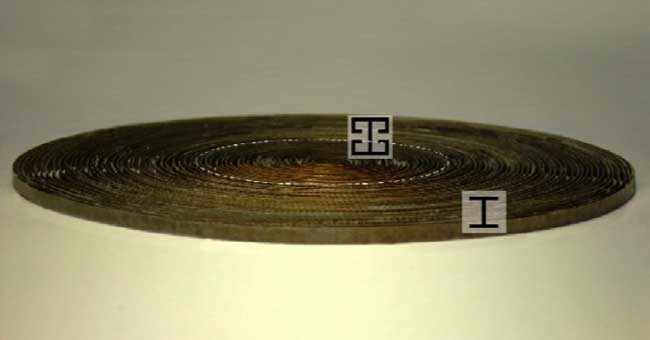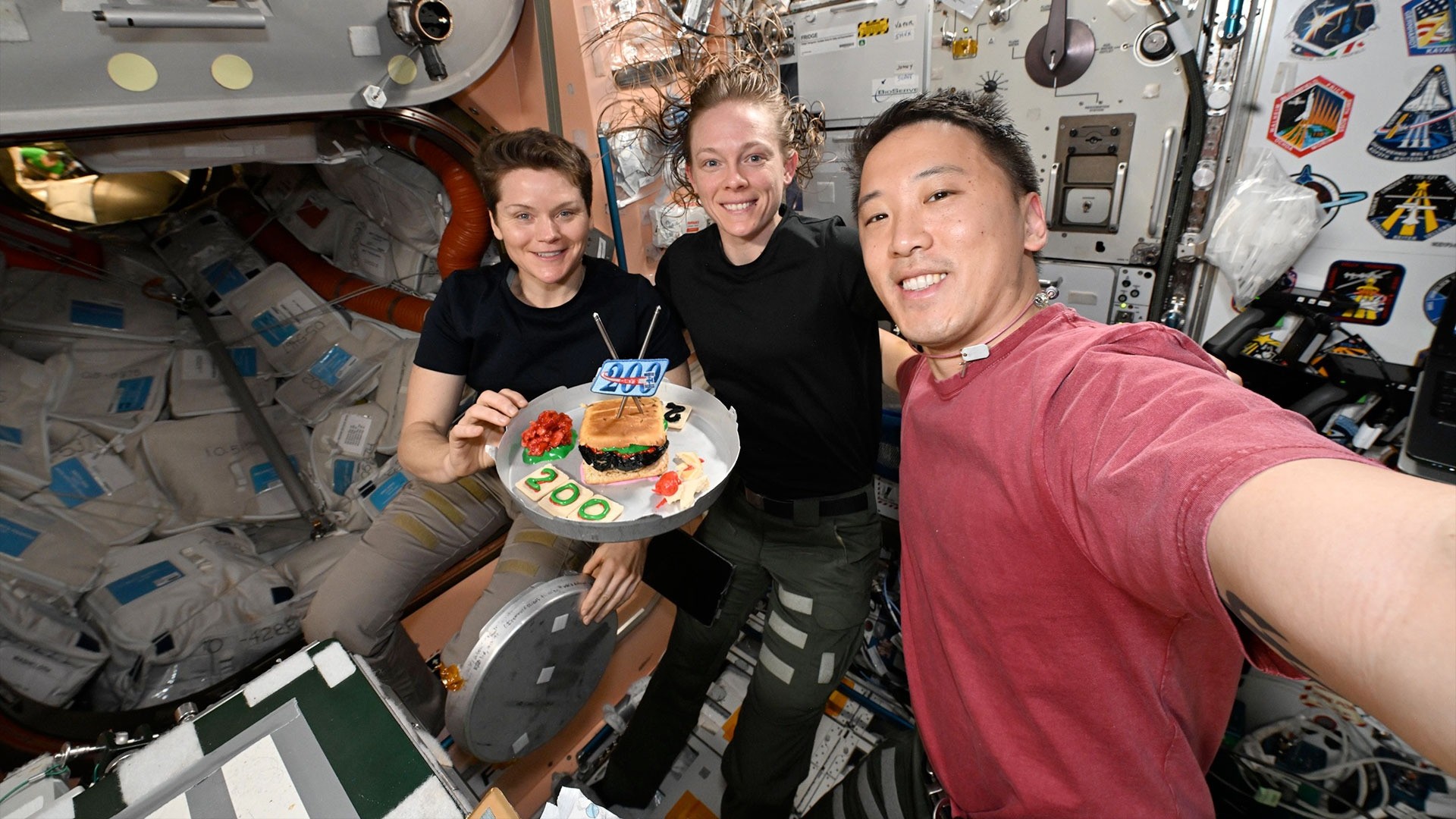Pseudo Black Hole Created in Lab

Researchers have simulated a mini black hole in the lab,though luckily not the kind that could swallow up the Earth.
This pseudoblack hole captures only light, not mass.
"The device we created is not a realblack hole, but only a device to mimic the black-hole effect," saidresearcher Tie Jun Cui, a professor at Southeast University in China. "Actually, the device can trap and absorb the electromagnetic waves which hitthe device. Hence we call it as the Electromagnetic Black Hole."
Cui's creation, first reported by WiredScience, is a far cry from the average cosmic variety of black hole, whichis an object so dense it absorbs any mass or light that comes within acertain radius of it. The mini black hole in the lab is not nearly sopowerful, though it can simulate a black hole's effects when it comes toswallowing light, also known as electromagnetic radiation.
Cui and colleague Qiang Cheng built their ersatz black holeout of circuit board, by linking 60 concentric circular layers of board etchedwith copper patterns that interact with electromagnetic waves. The result is adevice that absorbs all incoming light in the microwave range of the spectrum.
"The electromagnetic black hole can only trap andabsorb the incoming electromagnetic waves," Cui wrote in an e-mail."It cannot trap and absorb other matters as the real black hole."
Another facet of a real black hole that the simulated onedoes not share - thankfully - is the ability to eat up the Earth: Any true blackhole of considerable mass createdin a lab could pose a serious risk.
Breaking space news, the latest updates on rocket launches, skywatching events and more!
"The device does not have any danger," Cuireassured.
The scientists suggest their invention might be used toharvest energy from the sun by absorbing light rays.
- VIDEO:Black Hole Diving
- VOTE NOW:The Strangest Things in Space
- VIDEO:Black Holes: Warping Time & Space
Join our Space Forums to keep talking space on the latest missions, night sky and more! And if you have a news tip, correction or comment, let us know at: community@space.com.

Clara Moskowitz is a science and space writer who joined the Space.com team in 2008 and served as Assistant Managing Editor from 2011 to 2013. Clara has a bachelor's degree in astronomy and physics from Wesleyan University, and a graduate certificate in science writing from the University of California, Santa Cruz. She covers everything from astronomy to human spaceflight and once aced a NASTAR suborbital spaceflight training program for space missions. Clara is currently Associate Editor of Scientific American. To see her latest project is, follow Clara on Twitter.
